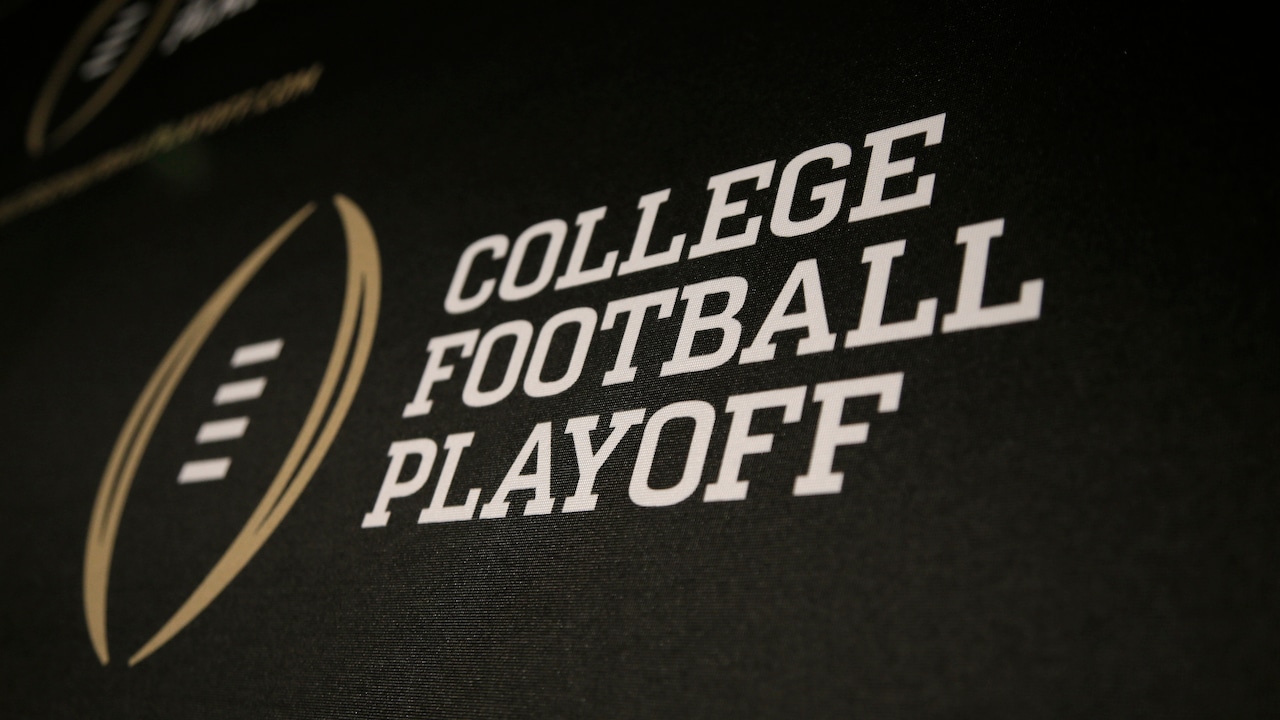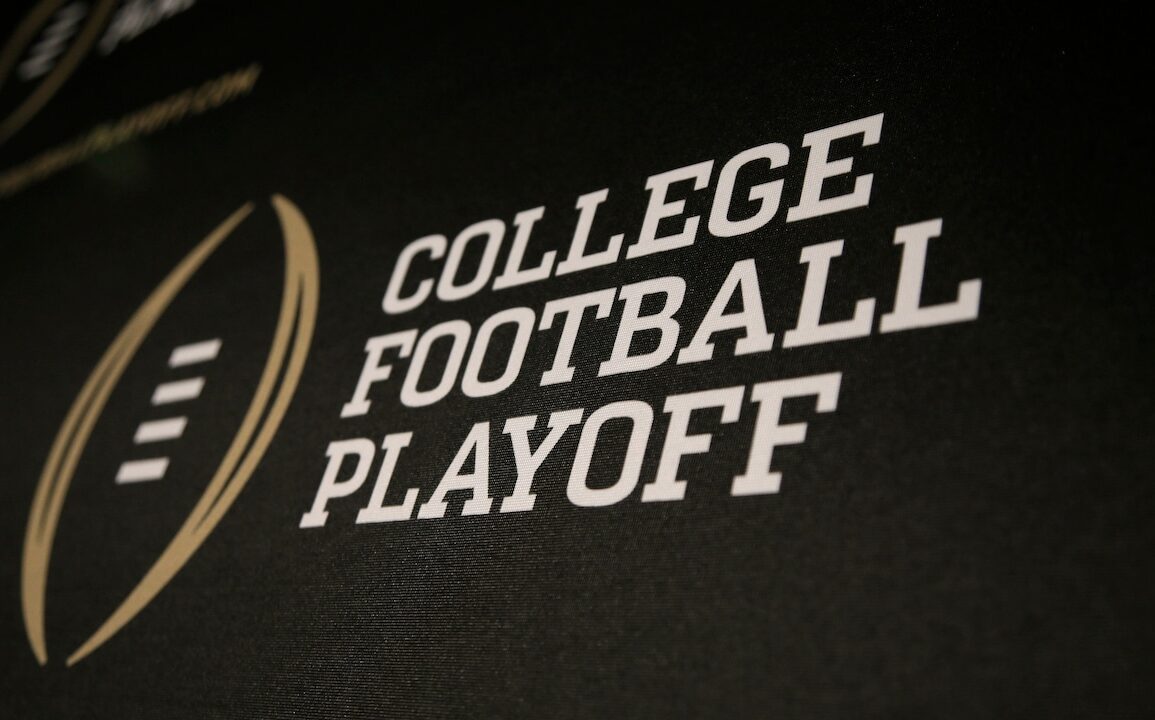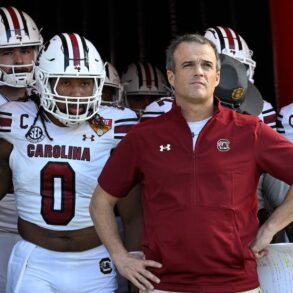
This is an opinion column.
There’s an old saying about a 10-foot wall and an 11-foot ladder.
Wherever there’s a solution, up pops a new problem.
Well, we now have a 12-team College Football Playoff — a field tripled from the previous 10 seasons. Eight teams who would’ve been playing consolation bowls last year will instead enter mid-December with the ultimate goal still on the table.
That, in turn, brings a deeper pool of teams and their fully rational fan bases to the patio.
And everyone’s carrying that 11-foot ladder.
Here’s the rub with this newly expanded playoff set to debut this postseason: The wider net will catch more discontent.
There will always be a 13th team.
And the No. 9 seed who was on the cusp of hosting a quarterfinal game but instead will hit the road.
Or an 11-seed who thought they should be a 9.
There are more points of entry for outrage and the same lack of transparency that’s always surrounded the selection process.
Just trust us.
That’s essentially what the 13-member CFP selection committee says before hunkering down with iPads in a hotel conference room to play judge, jury and somebody’s executioner.
Ask a Florida State fan. Obviously about last year.
Last year’s debate over the No. 4 seed was an anomaly when looking back at the previous nine years under the four-team bracket. Nature typically figured things out, so the committee’s job was more ceremonial. That’s easier when the field is smaller and fewer sets of feelings are at stake.
In the golden age of the BCS, no committee was necessary. There was just math.
Computers + polls = national championship game.
We’re not saying that was the perfect way of carving and entire season down to two teams, but we knew exactly how the hot dog was constructed.
Matters of transparency were discussed Wednesday afternoon when new CFP executive director Rich Clark met with the press to discuss the mechanics of the process will look moving forward (or until they overhaul it again).
To be fair to Clark, this is the system he inherited as devised by the conference leaders who built this playoff structure.
But what’s been presented as transparency for the past decade still doesn’t meet the definition.
They’ll do weekly unveilings of the committee’s top 25 starting next Tuesday. How they arrive at those rankings will still be mysterious. They’ll send out the committee chair Warde Manuel to do interviews where the Michigan AD will speak in the same generalities as his predecessors.
It was Clark’s turn to do that Wednesday. When asked how the public can be assured the committee would pick the worthiest team and not just a brand name, Clark said the following.
“So I think the best way that we can assure fans of that is to help build some trust with the committee and what they’re going to do,” he said. “And the thing that’s really important here is the committee’s job is to pick the best teams, not based on their jersey, what they’re wearing, what conference they’re in, even their record. Record matters. But we’re not trying to pick the most deserving team. We’re trying to pick the best teams.”
How are they going to build that trust?
Show, don’t tell.
No algebra teacher of mine accepted an answer without showing my math.
“They’re also going to look at strength of schedule,” Clark continued later in the same answer. “They’re going to look at head-to-head competitions and how teams perform against each other. They’re going to look at how they perform against common opponents as well. And then there’s just that eye test of what did they do on the field, how did they perform even in a loss, how did they perform?”
A lot of that is public knowledge, like the head-to-head games. But what about the analytics used in the committee room?
Will they show their math like with the strength of schedule metrics used?
There are dozens and dozens of different ways to calculate strength of schedule as anyone who has fallen down the computer rankings rabbit hole. Take two of the old BCS formula computer rankings, for example. Where the Massey Ratings ranks Georgia as having the No. 1 strength of schedule, the Colley Matrix ranks the Bulldogs 50th.
Clark said the CFP committee uses analytics like this from a company called Sports Source Analytics. It’s clearly a fine and reputable company that does business with more than 100 FBS and FCS programs spanning all conferences, according to its website.
“There are about 12 or very key metrics that indicate what the best team should have or should be judged on,” Clark said. “And they provide that to us.”
But that information is proprietary.
Asked further about it, CFP director of communications Brett Daniels spoke up in Wednesday’s virtual meeting with the press.
“It’s something that’s built off of a number of different variables that we have put together,” Daniels said. “(We) have not typically shared all those details in the past, but it is based on the strength of schedule. Would be built around the performance of the team and those teams opponents as well as some additional data there.”
Clark was pressed again later about transparency.
He said they “put the data that they use” and “all of what those metrics are” on the CFP website. None could be located when searching Wednesday afternoon.
Later in the day, in response to a question from AL.com, Daniels said Clark was “referring to was the various factors that the selection committee uses in making their decisions, including the use of data.” Daniels also said they’re looking to add more information to the site that describes how the metrics are used.
“As far as, you know, level of transparency goes, it’s kind of hard because they’re the science of it,” Clark said. “And we can obviously share what the data, what the metrics that they’re looking at are. But then there’s the other part of it that’s just that eye test and what the commissioners see and it’s kind of hard to share that and what those discussions are.”
And that’s not really going to satisfy the odd team out or the team whose seeding is in dispute.
The NCAA basketball selection committee is charged with doing essentially the same thing when filling its brackets every March.
And while there’s nothing perfect about that process, they are transparent enough to release the NET rankings and data regarding strength of schedule and the four quadrants.
There’s still anger surrounding their verdict, but there’s at least more data to cite publicly.
With the CFP, we’re just staring at a wall.
The solution just brought more problems.
Michael Casagrande is a reporter for the Alabama Media Group. Follow him on Twitter @ByCasagrande or on Facebook.
This post was originally published on this site be sure to check out more of their content.







